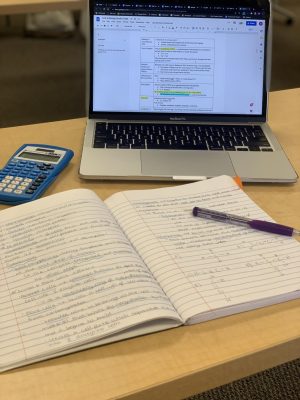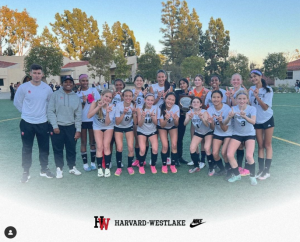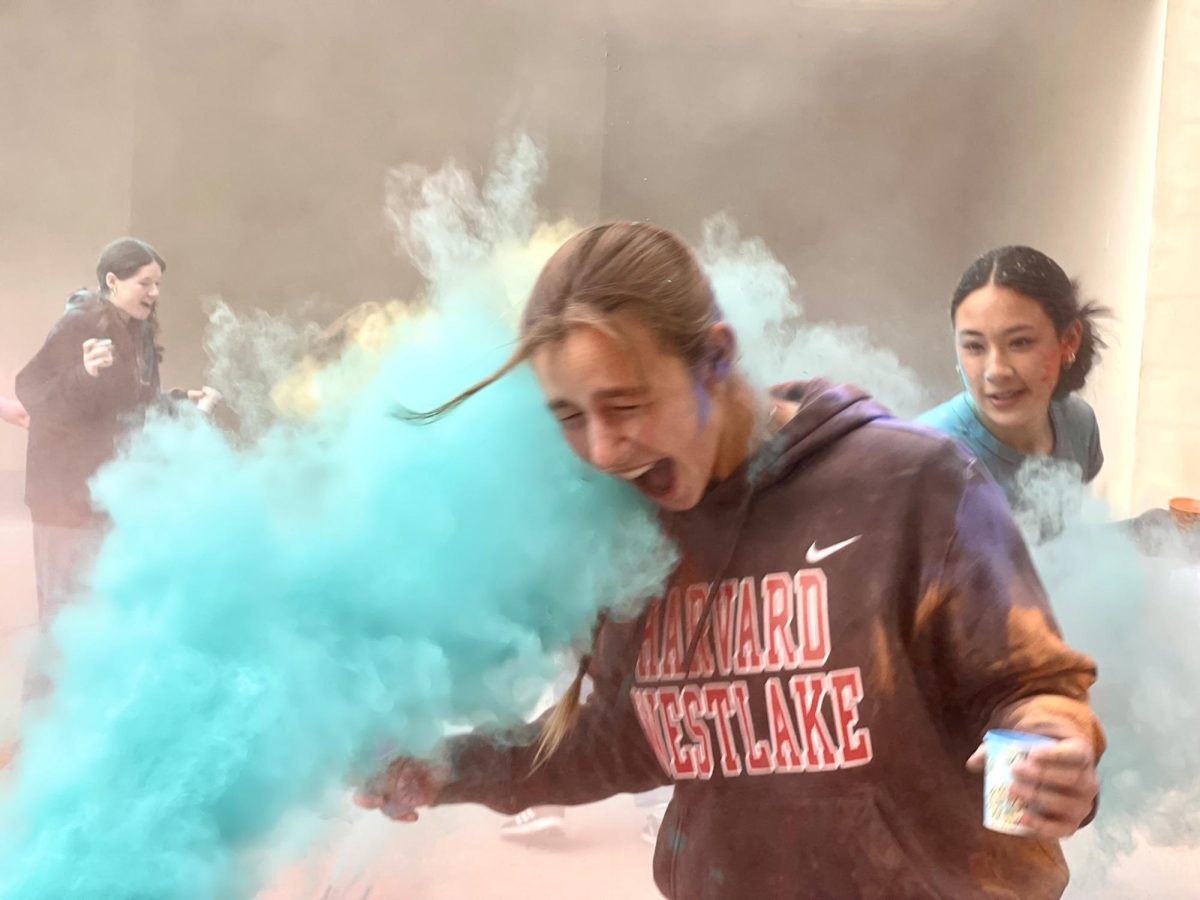Vaccine Trials Moving Rapidly
According to Redfield, the goal is to acquire and release a vaccine to the public by January 2021, and there are currently three vaccines that have already gone into Phase 3 trials (AstraZeneca, Moderna, Pfizer/BioNTech) and are preparing for approval from the federal government and initial distribution of a vaccine before the end of the year. Redfield also said on September 11 that there are two more vaccines that should be in Phase 3 trials in the next 4 weeks.
“So that’s really the way I look at it, that’s five shots on goal to try to see if we can get a vaccine through. It’s moving rapidly.”, says Redfield.
When will it be out and distributed to hospitals and the public?
Concerning the distribution of vaccines when introduced to the public, Redfield discusses when vaccines will be out and distributed to hospitals and the public, who will get the vaccines first, and how many will be distributed.
“We are in the process of working with the jurisdictions, including Michigan, with preparing for the potential ability to distribute this vaccine in an effective, equitable, timely way. We anticipate that this will be something that you want me to operationalize somewhere between November, December of 2020,” says Redfield, “We’re initially not going to have 300 million doses. We were initially going to have several million doses, then maybe 10 million doses, then maybe 50 million doses, and how to make sure that vaccine gets to people who benefit the most is really one of the tasks that they have.”
CDC director says COVID-19 vaccine won’t be widely available until mid-2021
While earlier those facilitating and working with the vaccine operations suspected that vaccines would be distributed in early 2021, Redfield recently announced that a potential vaccine won’t be available until mid- to late quarter of 2021, given constraints on supplies if and when a potential vaccine gains approval from the FDA.
“I think there will be a vaccine that will initially be available some time between November and December, but very limited supply, and it will have to be prioritized,” says Redfield.
These comments and changes were made after the Trump administration revealed it’s plan on distributing a vaccine if it wins the FDA’s approval. Federal officials from Operation Warp Speed, stated on a call with reporters that vaccine distribution will be initiated within 24 hours of the FDA’s approval of a potential vaccine. Redfield said that the Department of Health and Human Services (HHS) released a strategy in which plans to provide enough doses so that everyone who wants to be vaccinated can be.
The government has also been spending billions of dollars on millions of doses of potential vaccines, ensuring that “no American will be charged for either the COVID-19 vaccine or its distribution”, according to the HHS. They also state that plans are also being developed to ensure that “no one will be charged any out-of-pocket expenses for the administration of the vaccine either.”
When larger quantities of vaccine become available, there will be two main objectives, according to the CDC: to provide widespread access and to ensure a high level of immunization in target populations, particularly those who are at high risk of death or complications from COVID-19.
Two Doses Needed
It is likely that individuals will need to take two separate doses about a month apart of a potential COVID-19 vaccine when it becomes available to the public.
All three of the vaccines that have gone into Phase 3 of trials used two doses in each of their trials.
According to an article by CNN, “The 30,000 volunteers in each of the Moderna and Pfizer trials are getting two doses, with Moderna spacing their shots out 28 days apart and Pfizer spacing theirs out by 21 days. AstraZeneca’s Phase 1 and Phase 2 trials used two doses given 28 days apart, but is still on hold before continuing Phase 3 trials. Novavax, which has yet to begin Phase 3 trials, used two doses in their earlier trials.”
Logistical Problems with requiring 2 doses
The need for two separate doses of vaccine indicates that manufacturing and distributing double the supply of both the vaccine itself and equipment would be needed to administer it. Vaccines would need to be put into further mass production, and doubling the amount to 660 million doses for 330 million Americans will be a tough attainment.
“We’re looking at double shots, that’s twice the amount. Doubling is a huge supply chain issue. You have to double everything in the supply chain,” said Nada Sanders, a professor of supply chain management at Northeastern University, in an interview with CNN. “The syringes, can they double up? Can the vials double up? Can the stoppers double up? Can the needles double up? Everybody has to double up, and then they all have to get it in time at the various entities along the supply chain.”
Sanders shares additional concerns with logistical problems concerning the possible chain of events that could occur with doses being doubled, including delays in getting tests out on the market, and difficulties supplying health care workers with protective gear.
“We’re talking about such exactness, and we couldn’t get PPE (Personal Protective Equipment) right, so I’m concerned,” says Sanders. “There are many weaknesses across this supply chain — many. If we don’t address this now, the probability of failure is very high.”
Human Issues with requiring 2 doses
Apart from logistics, the human aspect of problems that come up with this change are to be overseen. Americans are concerned about the safety of taking this vaccine.
Based on multiple CNN poll results conducted in August, many Americans have said they wouldn’t get the vaccine, even if it’s free and easy to get, so asking them to show up not once, but twice would be difficult to accomplish. There are ways to address such hurdles, such as mobile clinics to bring vaccines to people rather than the other way around; however, a plan has not yet been executed for this problem.
Quite a few factors and thoughts lead to these doubts in the potential vaccine. Many feel like the vaccine isn’t completely ready, and taking it would make them similar to a test subject. The effectiveness and success of vaccination is questionable, and possible undiscovered side effects to the vaccine are also questionable.
While vaccines usually take three years to create, potential COVID-19 vaccines have only taken less than a year. This means they have had less trials and their approval periods have been shortened, raising concerns on whether or not a potential vaccine would be ready to be released to the public.
As many already feel that the vaccine itself is not ready, some are concerned for the lack of readiness in general with handling the pandemic and COVID-19 Virus. Much of the US response to the pandemic has been carried out poorly, and many are concerned if the government and officials will be able to pull this off.
“These are the sorts of things that I think we need to think about, to make sure that we can incentivize people to come back to make it as easy as possible for them to adhere to a two shot regimen,” said Dr. Nelson Michael, director of the Center for Infectious Diseases Research at Walter Reed Army Institute of Research, who has been assigned to work with Operation Warp Speed in an interview with CNN.
HW Insight
A few HW students were asked about their thoughts on taking a potential COVID vaccine if one was released to public use.
Max Norden’24, one of the students that was interviewed, said
they were hesitant and unsure about taking a potential vaccine as they didn’t feel that it would be ready yet due to the short period of time it has taken to be developed, however they would still take it if it was released to the public and needed two doses. They also mentioned that they may rethink their decision as they are not sure if the vaccine could possibly have undiscovered side-effects that could be harmful and would rather wait until there would be ensured safety and effectiveness of taking a vaccine.
Another student said that they would take a vaccine if it had been completely medically approved by doctors and we did have more knowledge about the effects of it after certain periods of time. They also said they wouldn’t mind going to the hospital twice.










